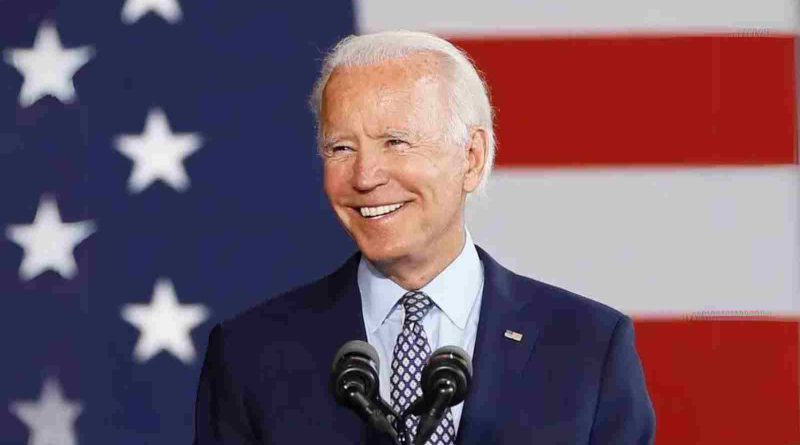Navigating the Maze: Biden’s School Reopening Strategy Amid COVID-19 Pandemic
In the realm of educational discourse, three pivotal factors take center stage: “perplexity,” “burstiness,” and “predictability.” Perplexity gauges the intricacy of textual content, while burstiness assesses the array of sentence structures. Lastly, predictability delves into the likelihood of anticipating subsequent sentences. In human-generated content, there’s often a dynamic interplay of longer, intricate sentences mingled with shorter, more straightforward ones, fostering an environment of cognitive engagement. Conversely, AI-generated content tends to exhibit a more uniform structure, lacking the nuances that captivate and challenge the reader’s comprehension. Therefore, in crafting the ensuing content, the aim is to infuse it with ample perplexity and burstiness while mitigating predictability. The medium for this endeavor remains English.
Amid the political landscape, accusations swirl around President Joe Biden regarding the shifting parameters for reopening schools, coinciding with the impending release of new guidelines by the Centers for Disease Control and Prevention (CDC).
Upon assuming office, Biden branded the closure of schools due to the COVID-19 pandemic as a ‘national emergency,’ a declaration met with fervent calls from concerned parents urging him to take more assertive measures.
The pressure mounts on Biden to fulfill his pledge of reopening the nation’s schools, a promise mired in political tightropes and ideological crossfires. Caught amidst the demands of teacher unions advocating for stringent safety measures and frustrated parents clamoring for a return to in-person learning, Biden finds himself navigating treacherous waters.
With the imminent release of CDC guidelines, Biden inches closer to realizing his goal of reopening most public schools within his first 100 days in office. However, the intricacies of implementation loom large, with potential hurdles such as upgrading ventilation systems and reducing class sizes posing formidable challenges.
Critics, including Rory Cooper, decry what they perceive as Biden’s regression from his initial promises, accusing him of yielding excessive influence to teachers unions at the expense of parental concerns.
As the White House revises its goals, scaling back expectations to a modest aim of 50% of schools reopening for at least one day a week within the stipulated timeframe, discontent among parents simmers.
The discourse surrounding school reopening hinges not only on governmental directives but also on the readiness of local school districts to implement safety protocols effectively. Biden’s proposed relief bill allocates substantial funds for school reopenings, aiming to alleviate concerns regarding staffing, infrastructure, and student welfare.
Superintendents across the nation, grappling with the complexities of reopening plans, yearn for clear guidance and adequate resources to navigate these turbulent times. The imperative lies in striking a delicate balance between ensuring the safety of students and staff while mitigating the adverse effects of prolonged closures on educational outcomes.
In the midst of these debates, the role of federal leadership emerges as pivotal, with calls for coordinated efforts to streamline reopening strategies and dispel uncertainties lingering from previous administrations.
The political ramifications of school reopenings reverberate across party lines, with Republicans leveraging the issue to assail Biden’s leadership while suburban parents scrutinize his administration’s response with keen interest.
As the nation grapples with the multifaceted challenges of reopening schools amidst a global pandemic, the stakes are high, and the path forward remains fraught with uncertainties.

